"Saint Gelasius II, faithful servant of God, intercede for us with courage and strength. Help us to remain steadfast in our faith, and guide us in living lives of holiness and truth. May your example of devotion inspire us to trust in God’s will, and may we find peace and grace through your intercession. Amen."
ST. GELASIUS II
ST. GELASIUS II
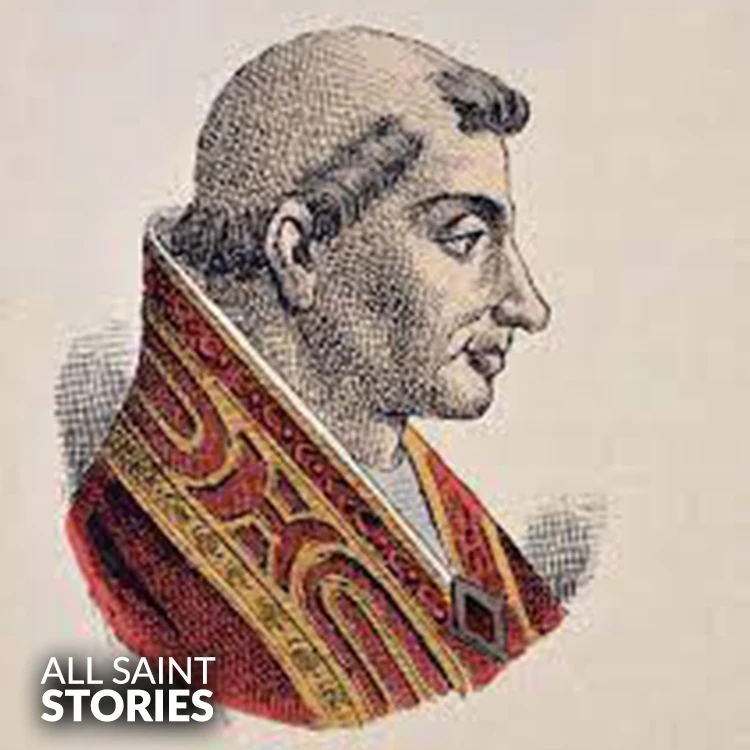
St. Gelasius II was a Benedictine monk, a Cardinal, and later Pope in the early 12th century. His short papacy was marked by persecution from Emperor Henry V, who sought to control the Church. He was captured, beaten, and forced into exile, but he remained faithful. He died in 1119 in Cluny, France, shortly after fleeing Rome. His feast day is January 29.
Born around 1060 in Gaeta, Italy, St. Gelasius II was originally named Giovanni Coniulo. He became a Benedictine monk and was known for his deep piety, intelligence, and humility. His abilities led him to be appointed Chancellor of the Holy Roman Church by Pope Urban II, where he served for many years.
In 1118, after the death of Pope Paschal II, Gelasius II was elected pope, despite the Holy Roman Emperor Henry V’s opposition. Henry V, wanting control over Church appointments, invaded Rome, captured Gelasius, and brutally mistreated him. However, the people of Rome freed him, and he was able to resume his papal duties.
Because of the emperor's continued aggression, Gelasius fled Rome and sought refuge in Pisa and later France. Despite being in exile, he continued to lead the Church, condemning imperial interference in spiritual matters. However, his papacy was short-lived; he died of illness on January 29, 1119, in the Abbey of Cluny, France.
Even in suffering, St. Gelasius II remained a faithful servant of God and defender of the Church’s independence. Though his reign lasted only one year, his steadfastness in the face of persecution inspired many.
Video Not Found
The information on this website is compiled from various trusted sources. While we aim for accuracy, some details may be incomplete or contain discrepancies.
If you notice any errors or have additional information about this saint, please use the form on the left to share your suggestions. Your input helps us improve and maintain reliable content for everyone.
All submissions are reviewed carefully, and your personal details will remain confidential. Thank you for contributing to the accuracy and value of this resource.
Credits & Acknowledgments
- Anudina Visudhar (Malayalam) – Life of Saints for Everyday
by Msgr. Thomas Moothedan, M.A., D.D. - Saint Companions for Each Day
by A. J. M. Mausolfe & J. K. Mausolfe - US Catholic (Faith in Real Life) – Informational articles
- Wikipedia – General reference content and images
- Anastpaul.com – Saint images and reflections
- Pravachaka Sabdam (Malayalam) – Saint-related content and insights
We sincerely thank these authors and platforms for their valuable contributions. If we have unintentionally missed any attribution, please notify us, and we will make the correction promptly.
If you have any suggestion about ST. GELASIUS II
Your suggestion will help improve the information about this saint. Your details will not be disclosed anywhere.
© 2025 Copyright @ www.allsaintstories.com

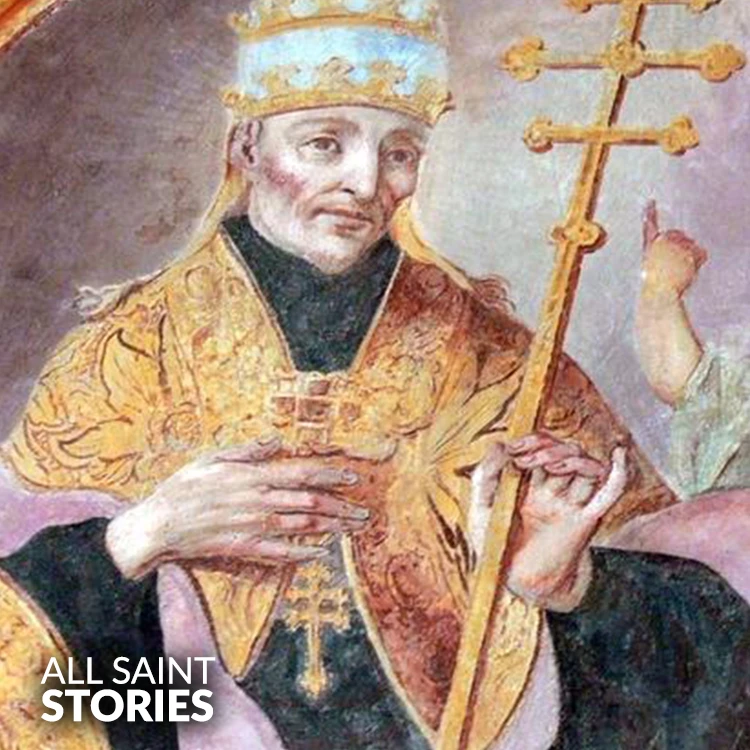
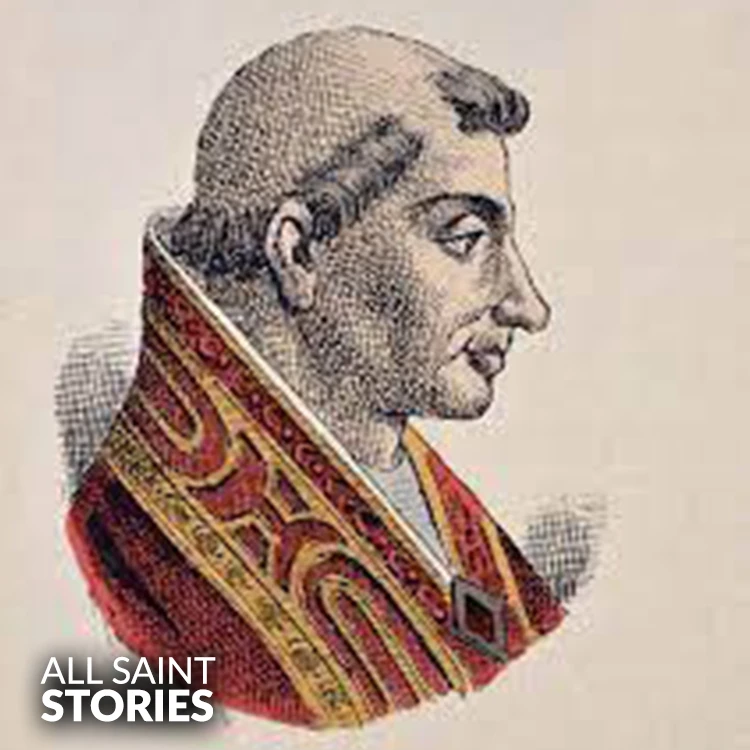
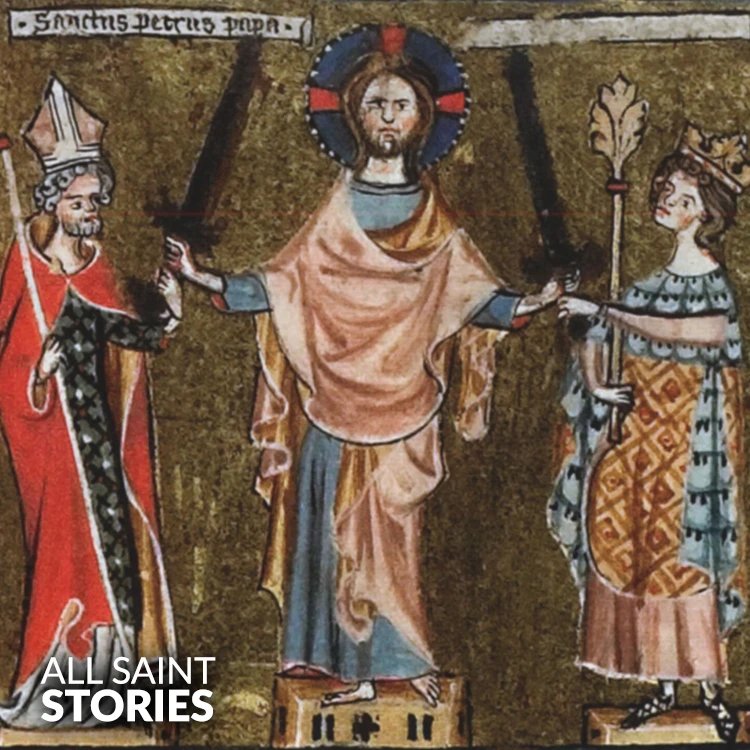
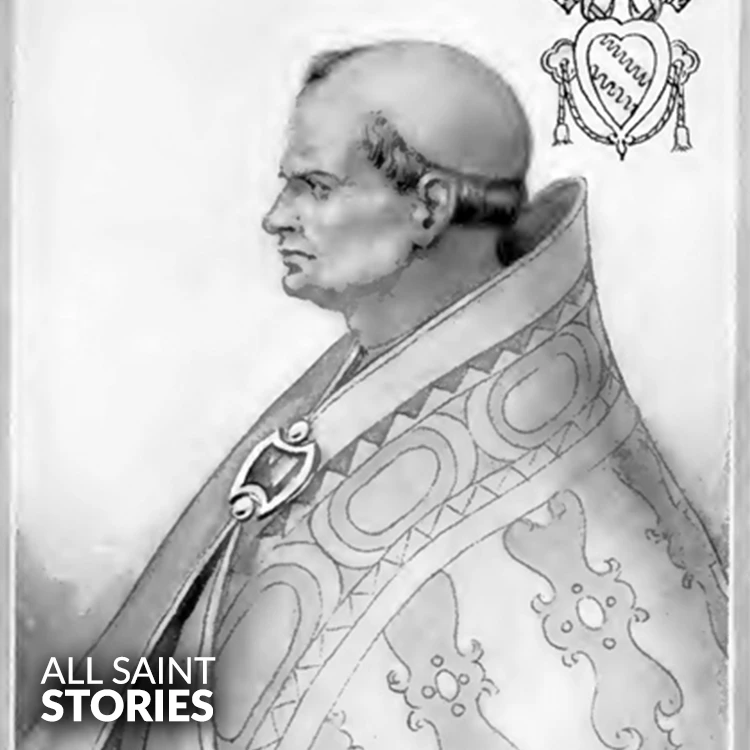
 English
English
 Italian
Italian
 French
French
 Spanish
Spanish
 Malayalam
Malayalam
 Russian
Russian
 Korean
Korean
 Sinhala
Sinhala
 Japanese
Japanese
 Arabic
Arabic
 Portuguese
Portuguese
 Bantu
Bantu
 Greek
Greek
 German
German
 Dutch
Dutch
 Filipino
Filipino